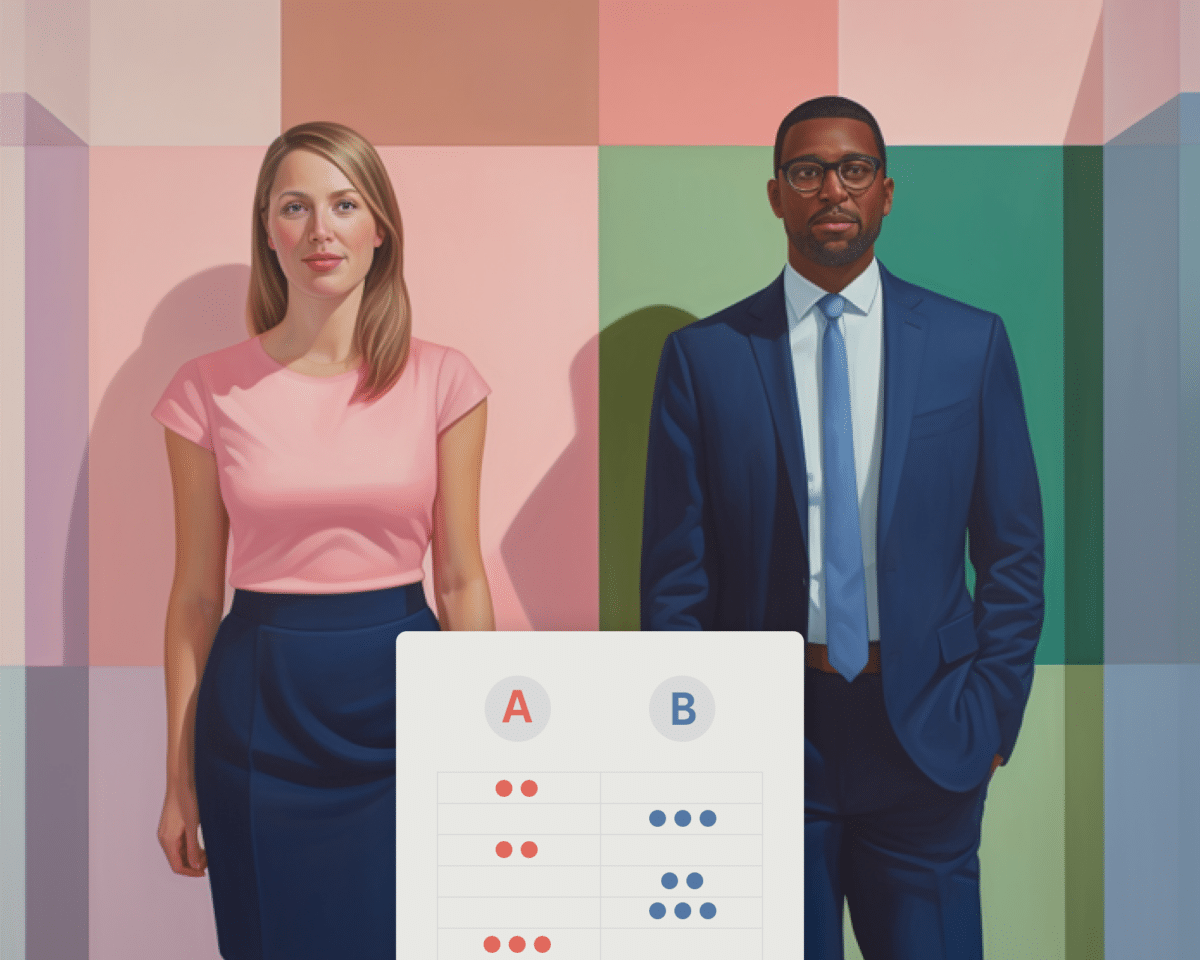NFTs are all the rage these days. Yet somehow, most people don’t fully understand what NFTs are, exactly, or why they’ve become such a hot commodity. We’ve all seen the eye-popping headlines – A 50-second video by Grimes sold last year for nearly $390,000; someone paid $500,000 for a digital house; an NFT of the original source code of the WWW sold for $5.4 million; and Beeple’s NFTs selling anywhere from $6 million to $69 million.
On the other hand, indie marketplace itch.io says NFTs are a scam. Others call them a rug pull, and Keanu Reeves agrees. Gen Z’s aren’t entirely on board either.
So which is it? Are NFTs a passing fad or the coming future? After hours of research, I think I’m starting to understand. Here are answers to some of the questions I’ve gotten recently on NFTs, starting with the basics. Be sure to join us live on March 9 to learn more.
What does NFT stand for?
NFT stands for non-fungible token. The “non-fungible” part means it’s unique and can’t be swapped for something else. For example, a bitcoin is fungible; one bitcoin is the same as any other bitcoin. You could do a 1-for-1 swap and have the same thing.
Trading cards, on the other hand, are non-fungible. If you traded a Charizard for an Alolan Muk, you’d have something totally different.
But what ARE they and how do they work?
At a high level, NFTs are digital assets secured and authenticated on a blockchain. NFTs are used by creators to sell unique versions of their work. Like a collectible autograph, an NFT offers an assurance of authenticity.
NFTs can really be anything digital – drawings, videos, music, images, and more. Much of the current excitement is around using the blockchain technology to sell digital art. Some people even believe NFTs will be the next evolution of fine art.
People really think NFTs will become fine art?
Some people certainly hope so – like the ones who paid 91.8 million for a digital ball or the person who paid $6.6 million for a video by Beeple.
They paid millions of dollars for the same video I just right-clicked and downloaded for free…?
So this is where the NFT market gets tricky. Most NFTs can be downloaded or duplicated. After all, anyone can copy a digital file – including art that’s created as an NFT – but NFTs are designed to give you something that can’t be copied: actual ownership. For example, there are plenty of Mona Lisa posters and prints out there, but there’s only one original. Same applies to Birkens, Cartier bracelets, and all kinds of things – original versus knock-off.
I’ve heard of CryptoPunks and Bored Apes. What are they?
People love communities. It’s only natural for NFTs to have their own communities too, and CryptoPunks and Bored Apes are two popular ones. What do you do in these communities? Mostly talk about NFTs, share avatars, create memes, and compliment one other on various CryptoPunks and Bored Ape purchases.
So what’s the point of NFTs?
For artists, NFTs give you a way to expand your market and reach new audiences. NFTs also have a feature that will pay you a percentage every time the NFT changes hands, making sure that if your work gets super popular and balloons in value, you’ll share some of the profit.
For buyers, purchasing NFTs lets you support artists you like, from up-and-comers to established greats. Buying an NFT gives you basic usage rights. And NFTs can work like other speculative assets, where you buy something and hope it appreciates in value so you can sell for a profit. Also don’t overlook the flex of owning an NFT.
So every NFT is unique?
In the boring, technical sense that every NFT is a unique token on the blockchain. But while it could be like a van Gogh, where there’s only one definitive actual version, it could also be like a trading card, where there’s 50 or hundreds of numbered copies of the same artwork.
Can I buy a physical object as an NFT?
Not really. There have been some attempts at connecting NFTs to real-world objects, often as a sort of verification method. Nike patented a method to verify sneakers’ authenticity using an NFT system, which it calls CryptoKicks. High-end brands are kinda-sorta in on the gig too, depending on what you think of Gucci Ghost.
Are NFTs mainstream?
We’re starting to see big brands and celebrities like Marvel, Budweiser, the Dallas Mavericks, White Castle, and plenty more launch their own NFTs. Celebrities like Steph Curry, Snoop Dogg, Wayne Gretzky, and plenty more are getting on board, too. While I don’t think I’d call NFTs mainstream in the same way as something like Star Wars or Frozen, they do appear to have moved beyond the cryptosphere. Whether or not they have staying power remains to be seen.
What about an Ironclad NFT?
I can neither confirm nor deny the rumors about an Ironclad NFT. In the meantime, you can check out how other brands are using NFTs right here.
Can NFTs be stolen?
Short answer: Yes. Slightly longer answer: Part of the blockchain’s appeal is that it stores a record of each time a transaction takes place, making it harder to steal than, say, a painting. That said, cryptocurrencies can be hacked or stolen, so it really would depend on how the NFT is being stored.
Will buying and trading NFTs affect climate change?
It’s definitely something to look out for. Since NFTs use the same blockchain technology as those energy-guzzling cryptocurrencies, they also end up using a lot of electricity. There are groups attempting to mitigate the issue, but so far, most NFTs are still tied to cryptocurrencies that generate a lot of greenhouse gas emissions. Some artists have even decided to not sell their work as NFTs after hearing about the possible effects on climate change.
NFTs: Fad or Future?
Ready to learn more about NFTs or share your thoughts and experience? Join us virtually on March 9th as we go deep. We’ll explain why NFTs are relevant, dig into some examples, and discuss the intellectual property implications. Ask your questions throughout the event, then decide for yourself: Are NFTs a passing fad or the future of our digital world? Register here.
Ironclad is not a law firm, and this post does not constitute or contain legal advice. To evaluate the accuracy, sufficiency, or reliability of the ideas and guidance reflected here, or the applicability of these materials to your business, you should consult with a licensed attorney. Use of and access to any of the resources contained within Ironclad’s site do not create an attorney-client relationship between the user and Ironclad.




